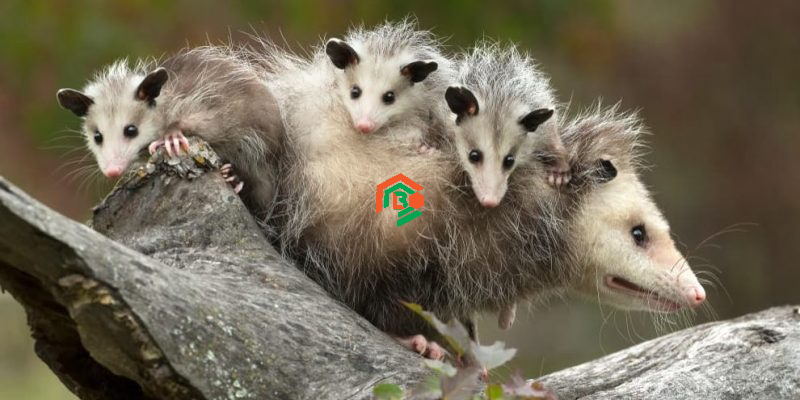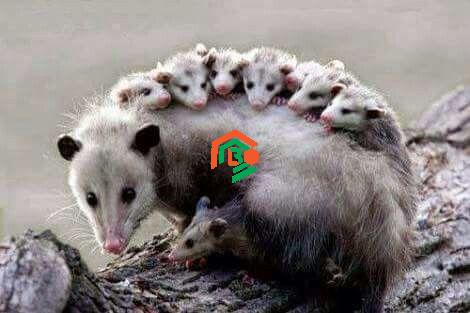Did you know there’s a small, furry animal called the takuache that plays a big role in nature? Whether you’ve heard people talk about them, seen them in your backyard, or wondered if they’re dangerous, this guide will tell you everything about takuache animals. From where they live and what they eat to surprising facts and why they’re important, let’s explore the world of the takuache.
What Is a Takuache Animal?
The word “takuache” comes from Spanish and is commonly used in the southern United States and Mexico to describe a small animal. Most people use “takuache” to refer to a pocket gopher, a small rodent known for digging underground tunnels. These animals are part of the Geomyidae family, which includes more than 35 species of pocket gophers. They are called “takuache” because their face and body look like a tiny raccoon mixed with a squirrel, and their big cheeks puff out when they store food.
Takuaches are about 5 to 14 inches long, depending on the species. They have brownish fur that blends perfectly with the soil, small eyes and ears, and powerful claws made for digging. Unlike moles, which are also underground animals, takuaches have visible tails and teeth that they use to gnaw roots and tubers. People often see their mounds of dirt in yards or fields but rarely spot the animal itself because it prefers to stay underground.
Where Do Takuache Animals Live?
Takuache animals are native to North and Central America, especially in the United States, Mexico, and parts of Central America. In the U.S., you can find them in states like Texas, Oklahoma, Kansas, and California. They prefer loose, sandy, or loamy soil that is easy to dig through. Their ideal habitats are grasslands, prairies, farmlands, and even suburban areas where the soil isn’t too rocky.
These little diggers create complex underground systems called burrows. A single takuache can dig up to 200 yards of tunnels in its lifetime. These burrows have different chambers for sleeping, food storage, and even waste disposal. On the surface, you’ll notice small crescent-shaped mounds of dirt, which mark where a takuache has been busy digging below.
What Do Takuache Animals Eat?
Takuache animals are herbivores, meaning they eat only plants. Their diet includes roots, tubers, bulbs, and grasses. Since they live underground, they often eat plants from below by pulling roots into their burrows. Sometimes they come above ground to gather food but prefer staying safe in their tunnels.

Favorite Foods
Takuaches love carrots, sweet potatoes, alfalfa, clover, dandelions, and many types of roots. Farmers often consider them pests because they can eat the roots of crops like potatoes and sugar beets. However, they don’t eat meat or insects; their teeth are specially adapted for gnawing on tough plant material.
How They Find Food
Using their sharp sense of smell and strong claws, takuache animals search for food underground. They patrol their tunnel systems, feeling for vibrations that might indicate roots or tubers. When they find a food source, they chew it off and carry it back using their large cheek pouches.
Why They Store Food
One amazing thing about takuaches is how they store food. They collect extra roots and tubers in their cheek pouches and stash them in special chambers within their burrows. This behavior helps them survive during winter or in times when food is scarce. Think of it like a pantry hidden underground!
How Do Takuache Animals Help Nature?
Even though they’re sometimes called pests, takuache animals play an important role in the ecosystem. Their digging helps aerate the soil, allowing air and water to reach plant roots more easily. They also mix organic material into the soil, which improves fertility and helps new plants grow.
Additionally, their abandoned burrows become homes for other animals like snakes, lizards, and insects. This makes them a key species in maintaining a healthy balance in grasslands and prairies. Without takuaches, the soil in some areas wouldn’t be as rich and productive.
Are Takuache Animals Dangerous?
Takuache animals are not dangerous to humans or pets. They are shy and prefer to avoid contact with people. They don’t carry rabies and rarely bite unless cornered. However, their burrowing can cause damage to lawns, gardens, and irrigation systems, which is why homeowners sometimes consider them a nuisance.
If you see takuache mounds in your yard, it’s a sign of healthy soil, but you may want to use humane methods to deter them if they’re causing too much damage.
Fun Facts About Takuache Animals
There’s a lot more to these tiny diggers than meets the eye!

They Have Big Cheek Pouches
One of the coolest things about takuaches is their cheek pouches. These are fur-lined pockets that extend from their mouth to their shoulders. They use them like grocery bags to carry food back to their burrows without getting their stash dirty.
They Can Dig Super Fast
Takuache animals are digging machines. Their strong claws and muscular forearms allow them to dig tunnels at a surprising speed. Some species can move up to a ton of soil per year—yes, a whole ton!
How to Spot a Takuache Animal Hole
Takuache holes are easy to recognize. Look for crescent or horseshoe-shaped mounds of loose dirt. These mounds are usually fresh and moist, and there will be no visible hole in the center because the animal plugs it from inside to stay safe from predators.
Can You Keep a Takuache Animal as a Pet?
While takuaches may look cute, they are wild animals and not suitable as pets. They have very specific needs, such as underground space for digging, and they don’t do well in captivity. Keeping one as a pet is illegal in many states, and even wildlife rehabilitators release them back into the wild once they recover. If you like takuaches, the best thing you can do is observe them from a distance or support conservation efforts.
The Bottom Line
Takuache animals are fascinating little creatures that most people don’t know much about. Even though they can sometimes cause problems for gardeners and farmers, they play a big part in keeping ecosystems healthy. From their amazing cheek pouches to their incredible digging abilities, there’s a lot to appreciate about these underground engineers. Next time you see a dirt mound in your yard, remember—you might just have a takuache neighbor hard at work below your feet.


